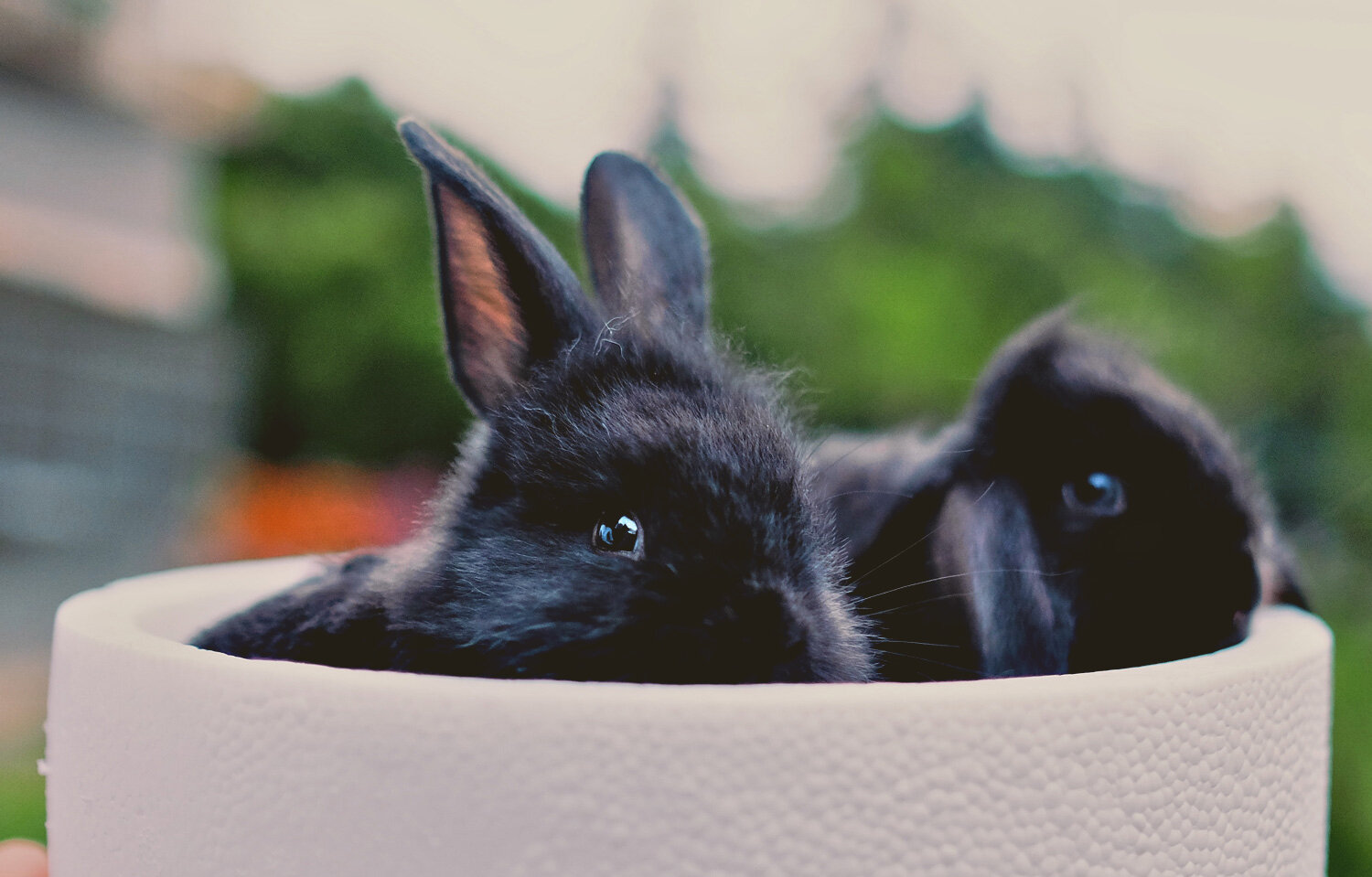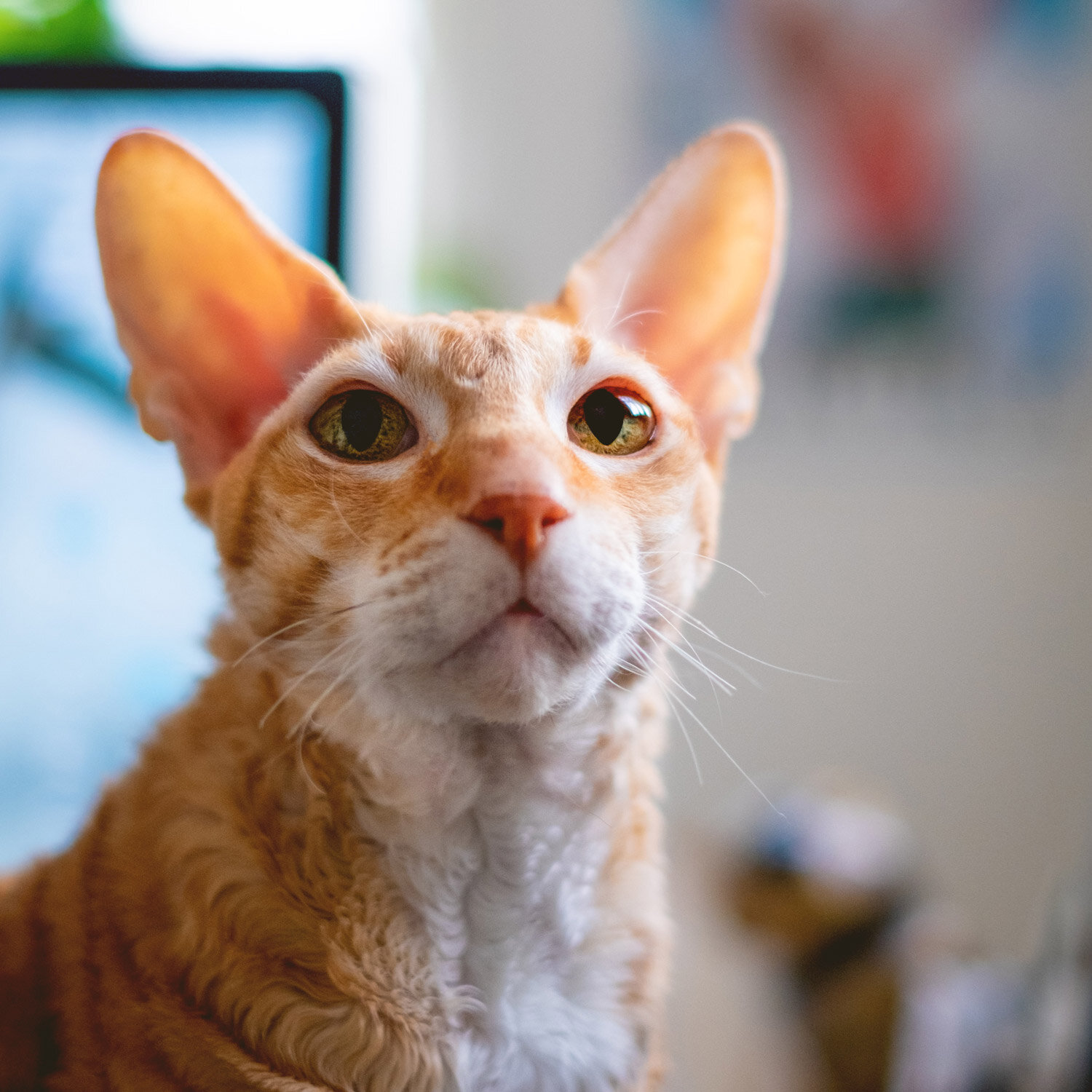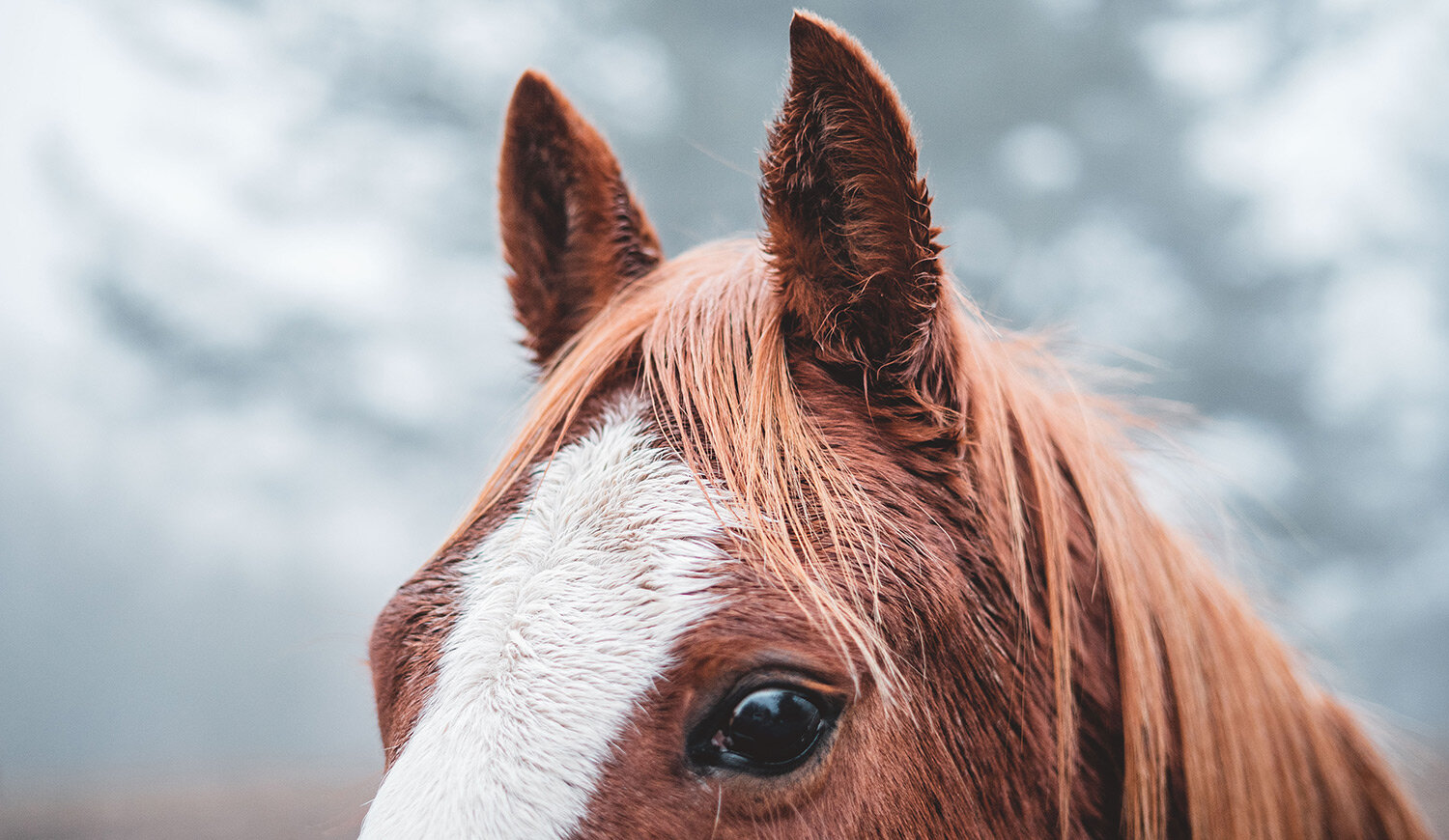Thunderstorms? Best Solutions for Your Furbaby
When a storm is occurring in your area, it is heartbreaking to see your wonderful dog panting, pacing and drooling in a highly anxious state. You’d like to hold your dog and help her break out of this behavior, but more often than not your loving efforts are to no avail. Dogs and cats can also suffer static shocks in the buildup to a thunderstorm. If you become nervous or anxious yourself, your dog may mirror your behavior. “There’s something about their makeup that makes their thresholds for developing this, or their ability to recover, lower than that of other animals,” says Lore Haug, DVM, a veterinary behaviorist at Texas Veterinary Behavior Services.
The decibel range of a thunderstorm is between 100 dB to 115 dB, way beyond the safety range for canine ears. Thunder also occurs in the infrasonic range (below 20 Hz), which is inaudible to humans. During a storm, pressure will occur in a dog’s ear, which is experienced as a pulsating sensation. Both ultrasonic and infrasonic sounds can be observed in the same thunderstorm. A clap of thunder can reach 120 dB. So, you can understand why a thunderstorm is an intense experience for their ears and ours.
A dog will want to escape to safety, and the shift to flight-or-fight behavior can happen quickly. Pet parents have shared with me stories of their dog jumping into a bathtub, shaking under a bed, and running right through electric fences. If a dog lives in an area that has rolling thunderstorms due to afternoon heat, the dog will develop storm phobia, which will need a behaviorist and calming tools to overcome. There are also hereditary predispositions to fear or anxiety reactive to thunderstorms, especially common in some hunting and herding breeds which includes the German Shepherd, Australian Shepherd, Labrador Retriever, Border Collie, Havanese, Shorthaired Pointer, Vizsla, and Bichon Frise.
Young dogs and senior dogs display fear of thunderstorm sounds for different reasons than adult dogs. To a young dog, storms are a new experience to learn and can be terrifying as awareness grows. Senior and geriatric dogs, whose hearing has greatly diminished, will still experience the pressure of sound by absorbing vibrations in their bodies and through their paws, which can be disorienting.
To assist a young pup in desensitizing to loud noises like thunderstorms or fireworks, you can pop bubble wrap in a room where they are. First, use your Decibel App to test the loudness of the pop yourself. Have your dog smell the sheet of bubble wrap to know where the sound is coming from. Then, keeping a distance from your dog in the room, pop one bubble and stop, then say “It’s okay.” During another session, pop two bubbles and repeat saying “It’s okay.” Evaluate your pup’s response to see if it lessens reactive behavior as you increase the experience. Make sure to keep the bubble wrap away from your dog’s head and ears. Your reassurance by saying “It’s okay” will be good practice for when you and your dog are on the street and there's a loud pop sound that may startle your dog. Desensitizing your dog to street sounds, trucks and car horns is a good practice when they are young to minimize noise phobias later on.
For adult dogs and cats, playing Pet Acoustics music will mask the thunderstorm sounds. For senior and geriatric pets, it’s best to confine their movement to one area or room to prevent injury during agitated roaming.






